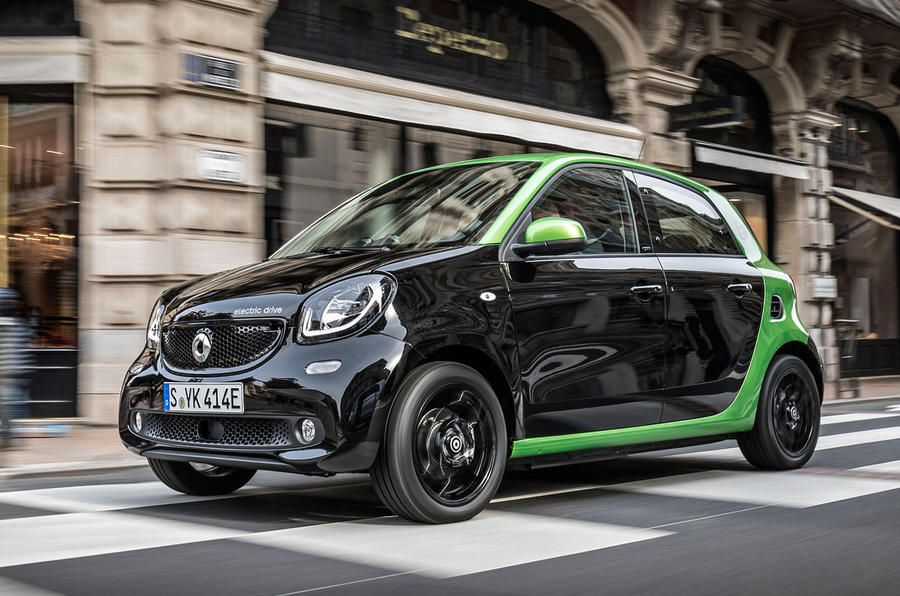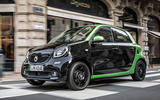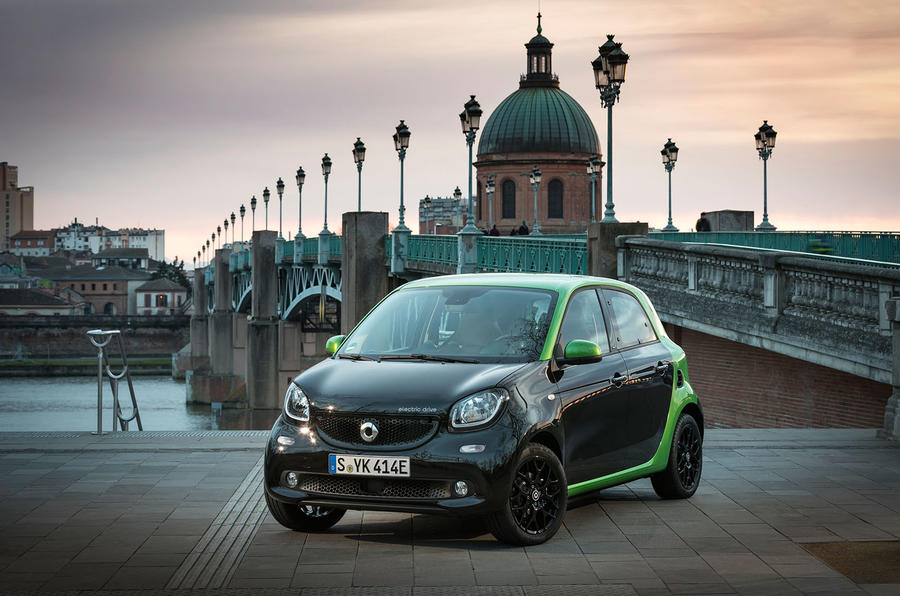What is it?
The Smart Fortwo and Smart ForFour are quirky city cars for style-conscious metropolitan drivers. The cars themselves, and the target audience they are aimed at, suit a zany electric model perfectly.
Indeed electric models were planned right from the outset for Smart, but previous electric efforts have disappointed, and sales success has only been modest in the UK.
The latest Smart range is a big step forward, and this fourth-generation electric model could prove to be as well. It can be charged up to twice as fast as the battery in the model it replaces and it comes with a slightly longer range, more power and extra smartphone connectivity.
Previously, you could only get the two-door Fortwo as an electric car, but now for the first time you can get an electrified Forfour. It gets a new rear-mounted electric motor from Renault and a 17.6kWh battery that’s good for 80bhp, 118lb ft of torque and a claimed range of 96 miles.
The Forfour ED sounds a promising prospect for city-bound electric vehicle (EV) drivers, but the electric car revolution continues apace and it faces tough competition from the recently updated Volkswagen e-up, as well as established market lynchpins like the Renault Zoe and Nissan Leaf.
We’ve already driven a US-spec Fortwo ED, but this is our first taste of the four-door Forfour ED, which Smart believes will be the best-selling of its three EVs.













































Join the debate
Add your comment
Like with Like
Another uncompetitive offering from Smart?
Small = good
17k